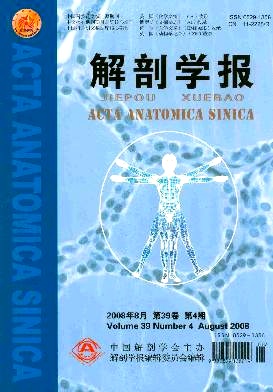|
|
Isolation of human adipose-derived stem cells and the identification of biological characteristics
2011, 42 (2):
205-209.
doi: 10.3969/j.issn.0529-1356.2011.02.013
Objective To establish a method to isolate and culture adipose-derived stem cells(ASCs) from the human liposuction aspirates, and conduct observations of the cell morphology、growth kinetics、surface markers and differentiating capacity. Method Adipose tissues were obtained from 4 healthy adult women who were experienced abdominal liposuction. ASCs, from liposuction aspirates, were isolated by enzymatic digestion, and were cultured to passage 20, the morphology of the cultured cells was observed. The cell viability was evaluated with MTT, and compared among passage 3,9,15 and 20. Cell growth curve was generated. The cell cycle and the surface marker profiles were detected by flow cytometry. Adipogenic differentiation and osteogenic differentiation of ASCs was assessed by oil red O and Alizarin Red staining respectively. Results The ASCs present a vortex pattern growth with a fibroblast-like appearance, and as shown by MTT, proliferation activity was strong when they subcultured to passage 15, then gradually slowed down, significantly reduced when they passed to passage 20. Statistical analysis showed that passage 20 and passage 3,9,15 were significantly different (EM>P /EM><0.05). ASCs also showed characteristics of stem cell cycle. The positive expression of mesenchymal stem cell markers CD90, CD44 and negative expression of hematopoietic stem cell marker CD34,the blood cell marker CD45,the endothelial cell marker CD31 were observed in ASCs by flow cytometry. In addition, the expression of CD49d was low and of CD106 was negative. Oil red O staining of ASCs after adipogenic induction demonstrated numerous intracellular lipid droplets. Calcium nodules could seen after osteogenic induction and Alizarin red staining was positive. Conclusion ASCs can be isolated from human liposuction aspirates and expressing cell surface markers of stem cells with strong proliferative ability. ASCs also can be induced to differentiate into adipose tissue and osseous tissue under the action of the induction agent.
Related Articles |
Metrics
|


